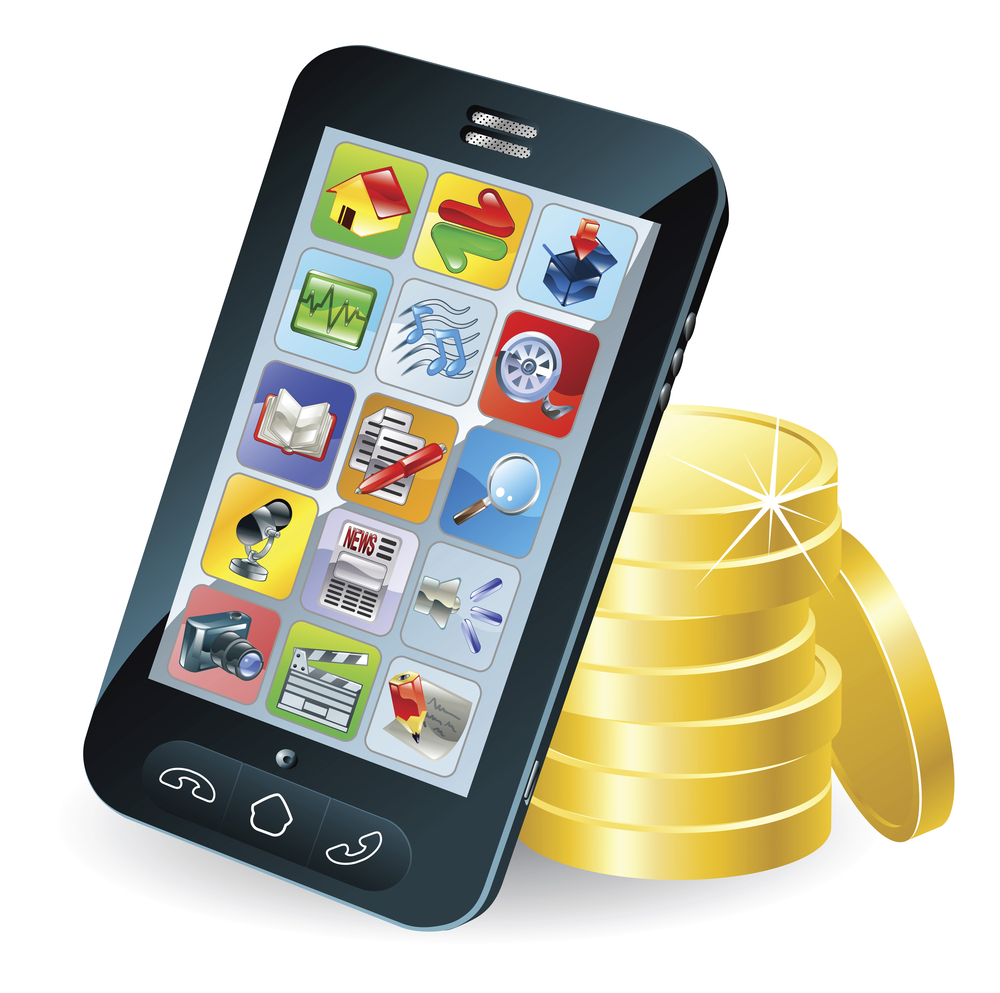Mobile financial services has gained momentum in Sub-Saharan Africa; with this banking has become really and more active since the launch of the mobile money services. The growth in this sector is largely attributed to doing such things as pay utility bills and send money to relatives, which could generate $1.5 billion in fees for mobile-money providers by 2019. This is according to a report released by ‘Africa Blazes a Trail in Mobile Money: Time for Banks and Mobile Operators to Devise Startegies’.
The success of mobile money in the region has been made successful thanks to the ‘unbanked population and the heavy mobile phone penetration. The report says that eight of the ten countries that make the most use of mobile financial services are in Africa and sub Saharan Africa has the highest proportion of active accounts.
According to the report, by 2019 there will be some 400 million unique mobile-phone subscribers and almost 150 million traditionally banked sub-Saharan Africans. This will leave some 250 million sub-Saharan Africans aged 15 or older who have incomes od $500 or more and mobile phones biut no traditiona bank account.
“Mobile financial services aren’t new, but they’re at an inflection point and adoption is accelerating,” said Hans Kuipers, a BCG partner and co-author of the report. “This is not something that African banks or MNOs can afford to ignore. A bank or MNO that isn’t active in the market runs the risk of becoming less and less relevant.”
For banks and MNOs, a welcome dynamic of the market is its nascent state and the immature vendor landscape. With the exception of m-pesa—a service whose breakaway success in Kenya, the report notes, stems largely from favourable regulatory circumstances—no mobile financial service in sub-Saharan Africa has established an impregnable position yet.
To succeed, banks and MNOs will need to invest in infrastructure, business capabilities, and governance.
A critical piece of infrastructure is a network of agents. These are the physical places where sub-Saharan African consumers can sign up for a mobile financial service and make deposits and withdrawals—the equivalent of the terrestrial world’s bank branches.
Consumer insights are among the important business capabilities. This speaks to a bank or MNO’s ability to identify and develop the offerings that would matter most to consumers. It also has to do with knowing when to introduce different services.
Good governance is critical because of the partnerships that will be needed to create an ecosystem for mobile service offerings. Mobile financial services should not be a go-it-alone proposition; neither banks nor MNOs have everything that’s needed to succeed on their own. The banks have the back-office systems and the understanding of risk and financial-industry regulations; the MNOs have the access to customers and the relationships with mobile-phone-store operators that could become a foundation for agent networks.
“Banks and MNOs are complementary in this space; each has something the other needs,” Kuipers said. “In many cases, it will make sense for them to team up.”
While it’s true that the market is still coming into focus, it won’t be long before mobile financial services play a significant role in this part of the world. The technology is here, mobile penetration is deep and growing, and a huge portion of the sub-Saharan population is becoming bankable.
“The vendors that want to establish a strong market position are going to need to find the right partners and start developing an offering,” Kuipers said. “The time to do those things is now.”


